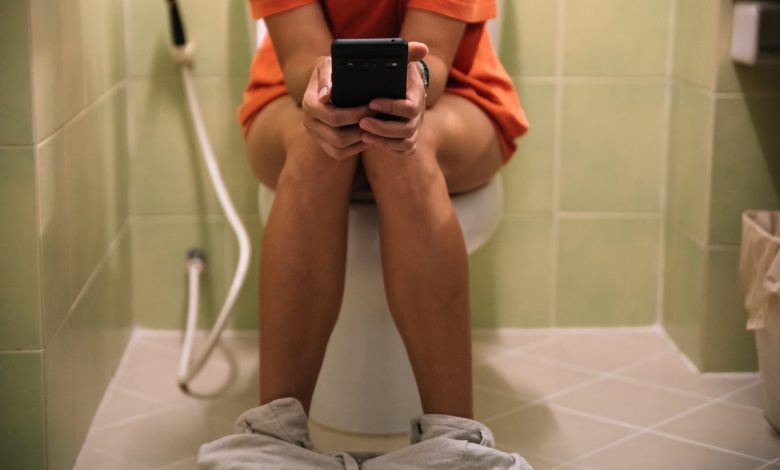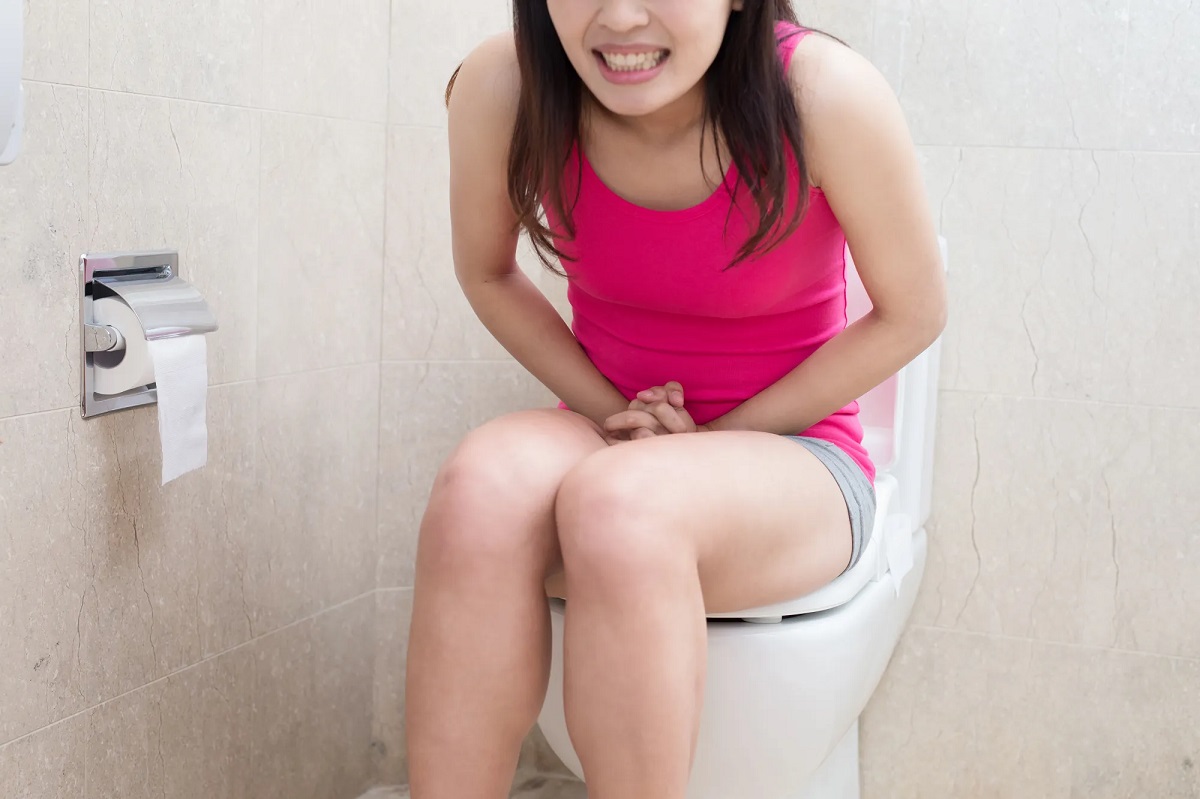Toilet Sitting Too Long: The Hidden Dangers Of Sitting On The Toilet For More Than 10 Minutes

Toilet Sitting Too Long: In modern lifestyles, many people turn to their bathroom time as an opportunity to unwind, read, or scroll through their phones.
While it may seem harmless, spending more than 10 minutes sitting on the toilet can have surprising and potentially serious health consequences. This article explores the underlying risks associated with prolonged toilet sitting, highlighting why it is essential to break this habit. Stay with Chashmak Magazine to know more about this title.
Dangers Of Toilet Sitting Too Long
The Anatomy Of Toilet Sitting

Toilet Sitting Too Long, The typical toilet design places the body in a sitting position, which differs from the squatting posture humans traditionally used for bowel movements. While sitting may feel more comfortable and modern, prolonged periods in this position exert additional pressure on the rectum and anal region. Over time, this pressure can lead to various complications, including hemorrhoids and impaired blood circulation.
Risk Of Hemorrhoids
Toilet Sitting Too Long, One of the most common health risks of extended toilet sitting is hemorrhoids. Hemorrhoids are swollen blood vessels in the anal region that develop due to increased pressure during bowel movements or prolonged sitting. When you remain seated for long periods, the weight of your upper body and lack of movement can exacerbate blood pooling in this area. This increases the likelihood of developing or worsening hemorrhoids, causing discomfort, itching, and bleeding.
Circulatory Problems
Toilet Sitting Too Long, Sitting on the toilet for too long can also negatively impact blood circulation in the lower body. The edge of the toilet seat can compress the veins in the legs, slowing down blood flow. Over time, this can lead to numbness, tingling, or even an increased risk of deep vein thrombosis (DVT) in individuals prone to circulatory issues.
Strain On The Pelvic Floor
Toilet Sitting Too Long, Prolonged sitting on the toilet can weaken the pelvic floor muscles, which are crucial for supporting the bladder, bowel, and reproductive organs. Weak pelvic floor muscles may result in problems such as urinary incontinence or difficulty with bowel control.
Psychological Impact

Toilet Sitting Too Long, While the physical risks are concerning, there is also a psychological dimension to consider. Spending excessive time in the bathroom, especially when using a smartphone or reading, can create unhealthy associations between bowel movements and leisure time. This habit may lead to prolonged bowel movements even when they are unnecessary, fostering a cycle of overexertion and straining.
Tips To Avoid Risks
Toilet Sitting Too Long, To minimize these risks, it is essential to adopt healthier bathroom habits. Here are a few tips:
Limit Bathroom Time: Aim to spend no more than 5–10 minutes on the toilet.
Avoid Distractions: Resist the temptation to take your phone, book, or magazine into the bathroom.
Maintain A Healthy Diet: A fiber-rich diet and proper hydration can promote smoother bowel movements, reducing the time spent on the toilet.
Use A Squatting Position: Consider using a stool to elevate your feet slightly, mimicking a natural squatting posture. This helps align the rectum for easier elimination.
Exercise Regularly: Strengthening your pelvic floor muscles through exercises like Kegels can improve overall bowel and bladder health.
Conclusion
Toilet Sitting Too Long, While spending a little extra time on the toilet may seem harmless, it can pose serious health risks over time. From hemorrhoids to weakened pelvic floor muscles, the consequences of prolonged toilet sitting should not be underestimated. By adopting healthier habits and limiting time in the bathroom, individuals can safeguard their physical and psychological well-being. After all, even small changes in daily routines can make a significant difference in long-term health.
Also Read:
Personal Hygiene: A Pillowcase In Summer Can Be Dirtier Than A Toilet
“The 8 Best Foods To Eat When You Have Diarrhea: A Guide To Recovery”




